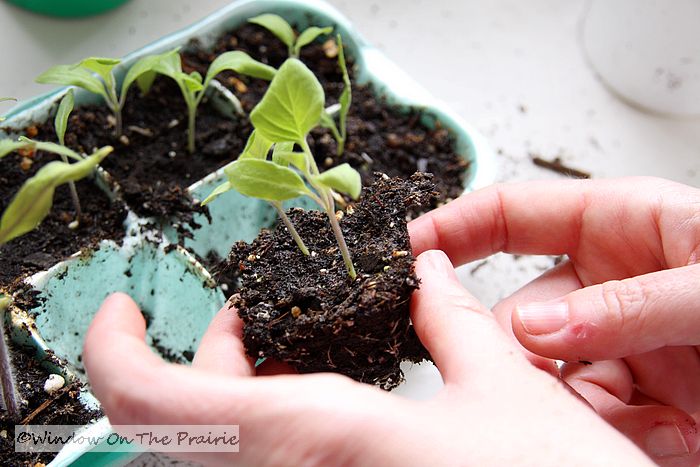
bringing foorth fruite of the bignes of a great Cucumber. This plant groweth in Egypt almost everywhere. An English botany book in 1597 described the madde or raging Apple: The aubergine is unrecorded in England until the 16th century. Records exist from later medieval Catalan and Spanish, as well as from 14th-century Italy.
#Eggplant transplants how to
A book on agriculture by Ibn Al-Awwam in 12th-century Arabic Spain described how to grow aubergines. The numerous Arabic and North African names for it, along with the lack of the ancient Greek and Roman names, indicate it was grown throughout the Mediterranean area by the Arabs in the early Middle Ages, who introduced it to Spain in the 8th century. The first known written record of the plant is found in Qimin Yaoshu, an ancient Chinese agricultural treatise completed in 544 CE. It has been cultivated in southern and eastern Asia since prehistory.

There is no consensus about the place of origin of eggplant the plant species has been described as native to India, where it continues to grow wild, Africa, or South Asia. History Long purple eggplants Varieties of Solanum melongena from the Japanese Seikei Zusetsu agricultural encyclopedia Although the photograph was taken just a few moments after slicing, the flesh of the eggplant has already begun to oxidize. There are almost no seeds at the top but they become plentiful at the bottom. Left to right: a) Closeup of eggplant flower b) Thorns and leaves of the plant c) A developing fruit d) Transversal section of the fruit showcasing the arrangement of seeds e) Longitudinal section of eggplant. On wild plants, the fruit is less than 3 cm ( 1 + 1⁄ 4 in) in diameter in cultivated forms: 30 cm (12 in) or more in length are possible for long, narrow types or the large fat purple ones common to the West.īotanically classified as a berry, the fruit contains numerous small, soft, edible seeds that taste bitter because they contain or are covered in nicotinoid alkaloids, like the related tobacco. Semiwild types can grow much larger, to 225 cm (7 ft 5 in), with large leaves over 30 cm (12 in) long and 15 cm (6 in) broad. The cut surface of the flesh rapidly turns brown when the fruit is cut open ( oxidation).Įggplant grows 40 to 150 cm (1 ft 4 in to 4 ft 11 in) tall, with large, coarsely lobed leaves that are 10 to 20 cm (4 to 8 in) long and 5 to 10 cm (2 to 4 in) broad. Some other cultivars are white and longer in shape. Some common cultivars have fruit that is egg-shaped, glossy, and purple with white flesh and a spongy, "meaty" texture. The flowers are white to purple in color, with a five-lobed corolla and yellow stamens. The eggplant is a delicate, tropical perennial plant often cultivated as a tender or half-hardy annual in temperate climates. ( June 2021) ( Learn how and when to remove this template message) Unsourced material may be challenged and removed. Please help improve this section by adding citations to reliable sources. In 2021, world production of eggplants was 59 million tonnes, with China and India combined accounting for 86% of the total.

incanum, probably with two independent domestications: one in South Asia, and one in East Asia. It was originally domesticated from the wild nightshade species thorn or bitter apple, S. Eggplant is nutritionally low in macronutrient and micronutrient content, but the capability of the fruit to absorb oils and flavors into its flesh through cooking expands its use in the culinary arts.
#Eggplant transplants skin
Like the tomato, its skin and seeds can be eaten, but, like the potato, it is usually eaten cooked. As a member of the genus Solanum, it is related to the tomato, chili pepper, and potato, although those are of the New World while the eggplant is of the Old World. Typically used as a vegetable in cooking, it is a berry by botanical definition. Most commonly purple, the spongy, absorbent fruit is used in several cuisines. Solanum melongena is grown worldwide for its edible fruit.

Eggplant ( US, CA, AU, NZ, PH), aubergine ( UK, IE), brinjal ( IN, SG, MY, ZA), or baigan ( GY) is a plant species in the nightshade family Solanaceae.


 0 kommentar(er)
0 kommentar(er)
